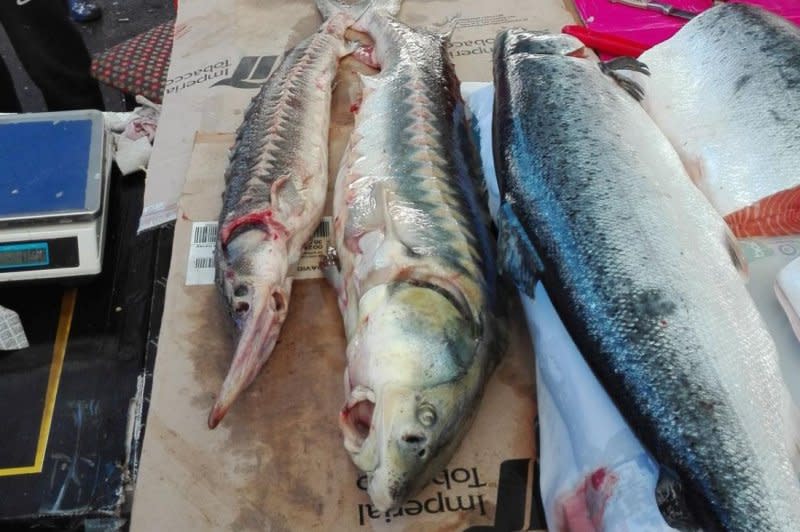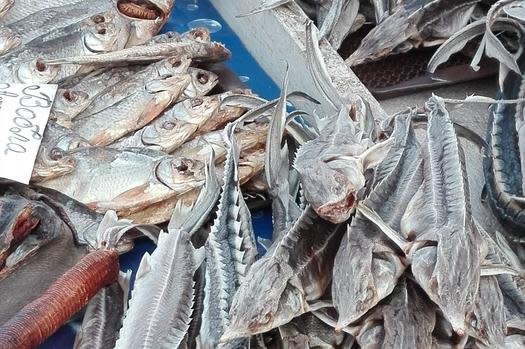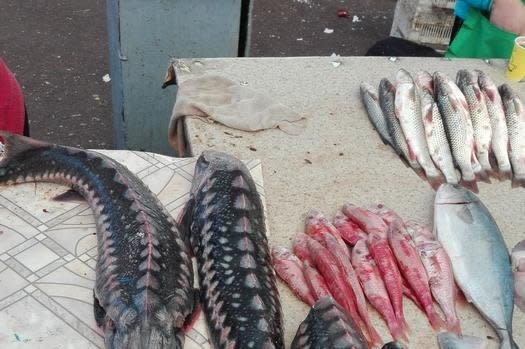Doubts surround European sturgeon caviar's authenticity, legality

Nov. 20 (UPI) -- As much as half of all caviar being sold by some eastern European countries in which sturgeon are native may come from illegally caught endangered fish, is falsely labeled or is not even caviar, a new peer-reviewed study out Monday shows.
Genetic and isotope analyses of samples from Bulgaria, Romania, Serbia and Ukraine -- nations bordering remaining wild sturgeon populations -- by a team of experts found widespread evidence that international rules mandating that commercially sold caviar must be from farmed sturgeon are being "actively" breached, according to the research published in the journal Current Biology.
Scientists at the Leibniz-Institute for Zoo and Wildlife Research in Berlin found more than one-fifth of 149 samples of caviar and sturgeon meat purchased both online and in person from markets, stores, restaurants, bars and aquaculture outlets came from wild-caught sturgeon across all four nations.
The team also found that 29% violated Convention on International Trade in Endangered Species of Wild Fauna and Flora regulations, including caviar labeled as the wrong species of sturgeon or the wrong country of origin. A little less than one-third of samples fraudulently claimed to be "wild" when they actually farmed.
"Our results indicate an ongoing demand for wild sturgeon products, which is alarming since these products endanger wild sturgeon populations," the report's authors wrote.

"The persistent demand fuels poaching and indicates that consumers do not fully accept aquaculture products as a substitute. In addition, caviar being sold in violation of CITES and European Union obligations questions the effectiveness of controls in general and the labeling system in particular."
Three of the team's samples, served in Romania in a dish called "sturgeon soup," were found to be catfish and Nile perch and contained no sturgeon.

The authors said that the scale of illegal poaching activity suggested by their findings could indicate local seafood vendors engage in illegal fishing because the income from operating legitimately was inadequate.
They criticized a likely lack of effective law enforcement due to either illegal poaching being a low priority for authorities or because they lacked the tools to trace the origin of fish even if they did investigate.

Wild caviar was banned after rampant sturgeon poaching almost wiped out the fish. Europe's remaining four caviar-producing species, Beluga, Russian, stellate, and sterlet -- found only in the Danube River and the Black Sea -- have had CITES protection for the past 25 years, which was bolstered in 2000 with a strict, international labeling system for all caviar products designed to stamp out the illegal trade.
However, it is commonly understood that illegal poaching continues to this day, according to the research team, despite no formal investigation being carried out.
The study urges action to be taken immediately.
"Although poaching and illegal wildlife trade are often considered a problem in developing countries, these findings bear evidence that a high ratio of poached sturgeon products originates from EU and accession candidate states," the authors wrote.
"The control of caviar and sturgeon trade in the EU and candidate member states urgently needs improvement to ensure that Danube sturgeon populations will have a future. "The conservation status of the Danube sturgeon populations renders each individual important for their survival, and the observed intensity of poaching undermines any conservation effort."
The research was carried out with the help of funding from an EU-LIFE project.

 Yahoo Finance
Yahoo Finance 